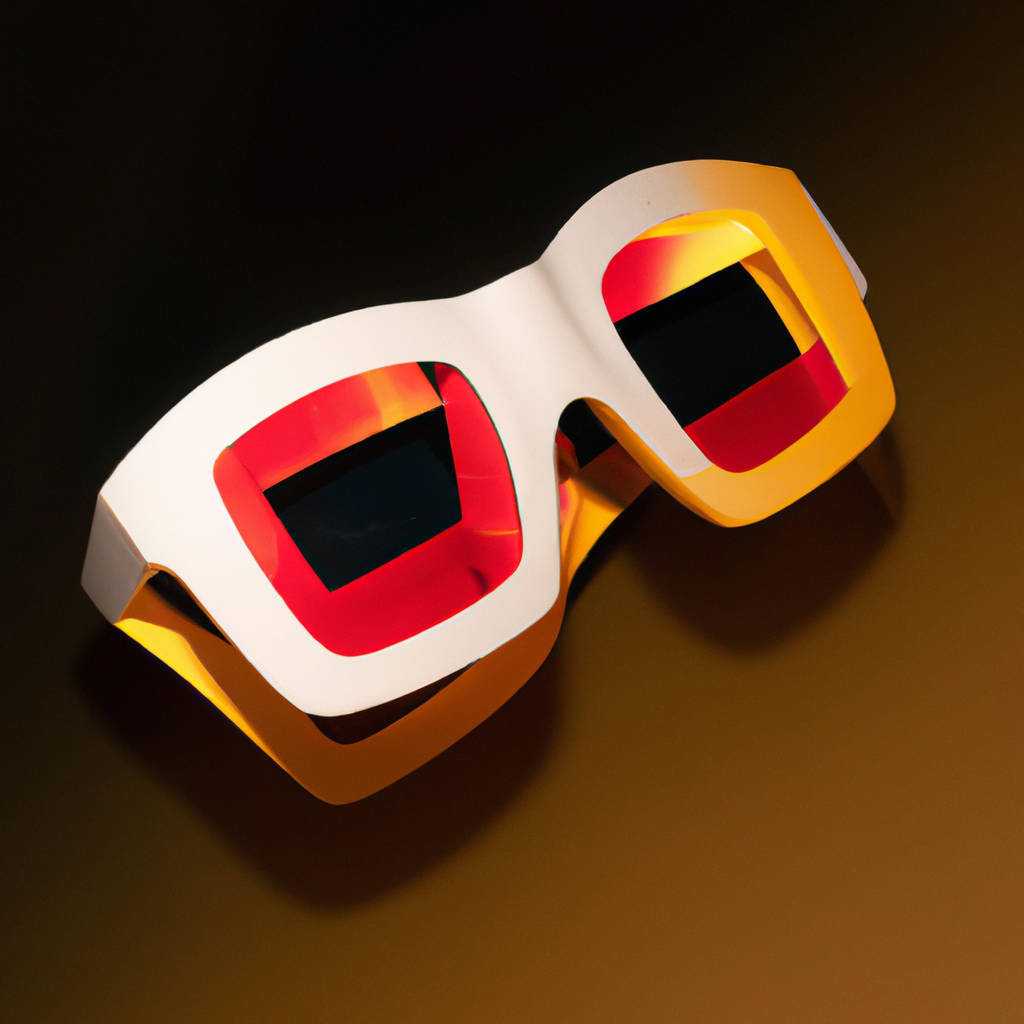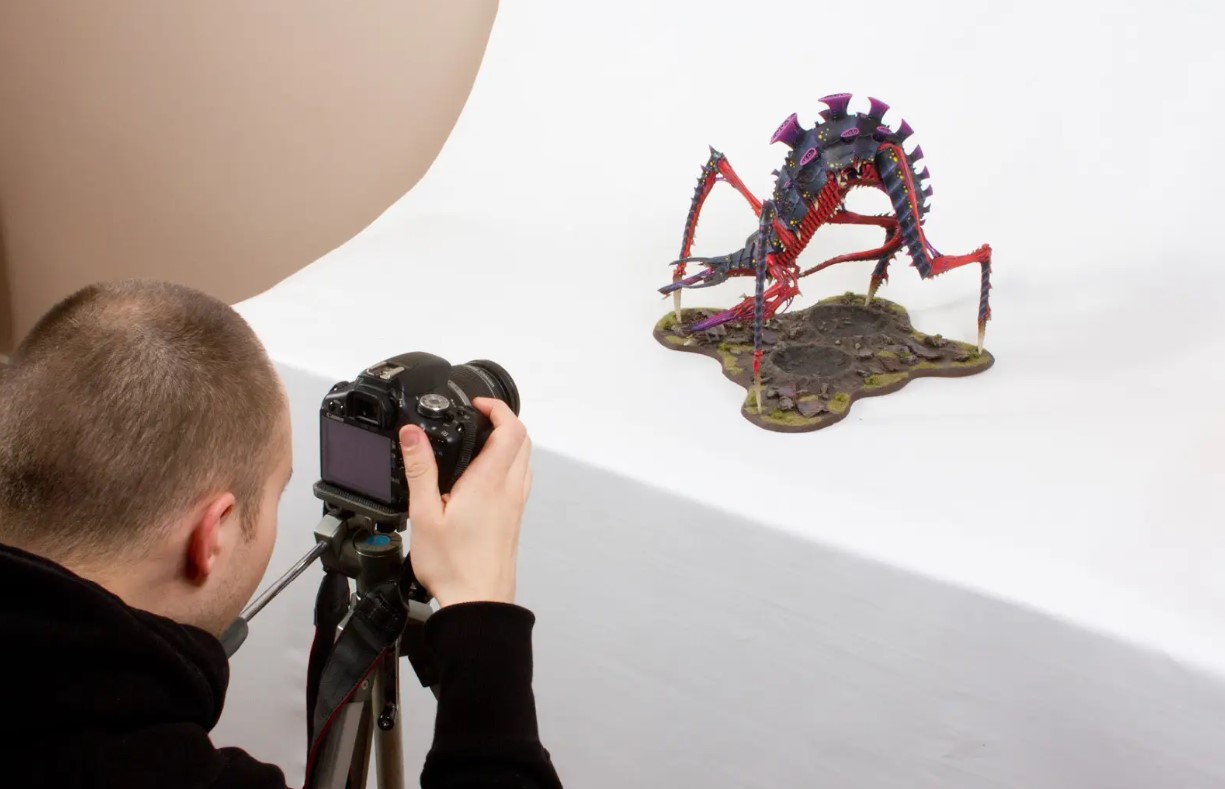3D photography is an exciting realm of photography that allows images to have a depth and lifelike quality. This beginner’s guide will help you understand the basic concepts of 3D photography and how you can start experimenting with it. The fundamental principle behind 3D photography is stereoscopy, where two slightly different images are captured and then combined to create a 3D effect. To start with, you’ll need two cameras set up side by side, or a special 3D camera that has two lenses.
The distance between the two lenses or cameras should roughly match the distance between your eyes (about 2.5 inches). When taking a photo, you’ll need to ensure both cameras capture the image at the same time. Once you’ve captured your images, you’ll need to combine them using specialized software to create the 3D effect. There are various software options available, both free and paid, so you can choose based on your budget and needs.
As you get more comfortable with the process, you can start experimenting with different camera setups, subjects, and software to create unique 3D photos. Remember, like any new skill, it may take some time and practice to get the hang of 3D photography. Don’t be discouraged if your first few attempts don’t turn out as expected. Keep practicing and experimenting, and you’ll soon be creating stunning 3D images.

Understanding Techniques
Understanding techniques is a vital component in every field of endeavor, whether it’s in science, arts, sports, or business. It involves gaining an in-depth knowledge of the methods, processes and strategies employed in a particular discipline. This understanding is crucial in mastering any subject matter or skill, as it forms the basis for comprehension, application, and innovation.
In science, for example, understanding the techniques used in conducting experiments is the cornerstone of achieving valid and accurate results. Similarly, in the arts, comprehending painting or drawing techniques paves the way for creating impressive artworks. In sports, mastering the techniques of a game can significantly enhance an athlete’s performance. Likewise, in business, understanding the techniques of management, marketing, or financial analysis can lead to effective decision-making and successful operations.
However, gaining this understanding is not an overnight process. It requires a significant amount of time, effort, and practice. It often involves studying theories, observing demonstrations, practicing under supervision, and eventually, applying the techniques independently. It also entails making mistakes and learning from them, as this is part of the learning process.
Moreover, understanding techniques does not mean one-size-fits-all. Each individual may develop their unique way of applying a technique, which works best for them. This is because every person has a different learning style, strengths, and weaknesses. Therefore, understanding techniques also involves adapting and modifying them to suit individual needs and situations.
In conclusion, understanding techniques is an essential part of learning and mastering any field. It forms the foundation for competency, efficiency, and innovation. It is a continuous learning process that requires patience, persistence, and adaptability.
Building a 3D Portfolio
Creating a robust 3D portfolio is a necessity for any aspiring 3D artist, whether they are into animation, modeling, or visual effects. This collection of works serves as the professional representation of the artist’s skills, creativity, and proficiency in various 3D software and techniques. It is crucial to include a wide array of works that demonstrate versatility – from detailed character models to realistic environments and animated sequences. It is equally important to present high-quality images and videos, as these directly reflect the artist’s attention to detail and understanding of aesthetics.
Furthermore, it is recommended to showcase both professional and personal projects in the portfolio. This mix allows potential employers or clients to gauge the artist’s ability to work within specific guidelines, as well as their capacity to innovate and express their unique style. Additionally, providing a brief explanation for each piece, including the concept, the process, and the software used, can give viewers a deeper understanding of the artist’s workflow and creative thought process.
Lastly, maintaining an updated and organized portfolio is key to keeping it relevant. As the artist continues to learn and grow, old works should be replaced with newer, more refined pieces. This ensures that the portfolio accurately represents the artist’s current skill level and style. In conclusion, building a 3D portfolio is a dynamic, ongoing process that requires careful selection, meticulous presentation, and continuous improvement. It is a visual testament of an artist’s journey in the 3D industry, showcasing not only their technical skills but also their artistic flair and passion for their craft.

Photography Challenges
Photography challenges serve as valuable tools for testing and enhancing one’s skills and creativity. They push photographers to step out of their comfort zones and explore new horizons. These challenges often encompass a wide range of themes, from capturing the beauty of nature to documenting the complexities of human emotions. They can also encourage photographers to experiment with different techniques, such as long exposure, macro, or black and white photography.
These challenges are not restricted by one’s expertise level; whether you are a beginner just starting your journey or an experienced professional, you can always find a challenge that suits your skills. Participating in these challenges can be an enriching experience, providing photographers with the opportunity to learn from their peers, receive feedback, and expand their portfolio. Moreover, they can also serve as a source of motivation, driving photographers to continually strive for improvement and innovation. While the competitive element can be daunting, it is important to remember that the primary objective of these challenges is to foster growth and learning.
With each challenge, photographers acquire a deeper appreciation for the art and craft of photography, fueling their passion and inspiring them to reach new heights. The joy derived from overcoming these challenges can be immensely fulfilling, making every struggle and effort worthwhile. However, photographers must also be mindful of ethical considerations when participating in these challenges, respecting the privacy and dignity of their subjects. Photography challenges, therefore, offer a platform for photographers to push their boundaries, hone their skills, and foster a sense of community among like-minded individuals.
Learning Resources
Learning resources encompass a broad range of materials that aid in the acquisition of knowledge and skills. They act as tools to facilitate the learning process in a more engaging, interactive and efficient manner. These resources can be textbooks, websites, videos, or even software applications designed to enhance the understanding and application of concepts.
The digital age has dramatically increased the variety and accessibility of learning resources. Due to advancements in technology, resources that were once only available in physical formats, such as books and encyclopedias, are now available online, often free of charge. Online learning platforms, like Coursera and Khan Academy, offer a wealth of video lectures, quizzes, and other educational tools. Meanwhile, digital libraries and databases provide access to countless scientific articles and books.
Interactive learning resources have also gained popularity in recent years. These include online simulations and games, which provide a hands-on learning experience. They enable learners to practice and apply what they have learned in a fun and engaging manner.
Aside from digital resources, traditional learning resources continue to play a significant role in education. Textbooks, for instance, remain a staple in most classrooms due to their comprehensive coverage of a subject. Similarly, hands-on materials such as science lab equipment or art supplies provide a tactile and experiential learning experience that can’t be replicated digitally.
In conclusion, learning resources, both digital and traditional, are instrumental in facilitating the learning process. They provide different modes of presenting information, cater to various learning styles, and make learning more engaging and efficient. The choice of learning resources should be tailored to the learner’s needs and preferences to maximize their educational benefit.

Conclusion
A conclusion serves as the final part of a discussion, argument, or piece of writing that brings all the elements together and summarily wraps up the primary points. It allows space for the author to restate the central theme, reinforce the key arguments, and provide a sense of closure to the readers. Developing a strong conclusion is pivotal as it gives the readers a lasting impression. It’s not merely a restatement of the thesis but a chance to highlight the importance of the research and the potential it has for future studies.
A well-crafted conclusion can also inspire readers to think, question, or even take action related to the subject matter. However, it’s also crucial that a conclusion doesn’t introduce any new ideas or themes, which can confuse the reader and divert their understanding of the subject. Instead, it should be concise, clear, and to the point, focusing on the summation of the main points discussed throughout the piece. In essence, a conclusion serves as a culmination of the author’s thoughts, arguments, and analyses, providing a comprehensive summary and inducing contemplation in the reader’s mind.
